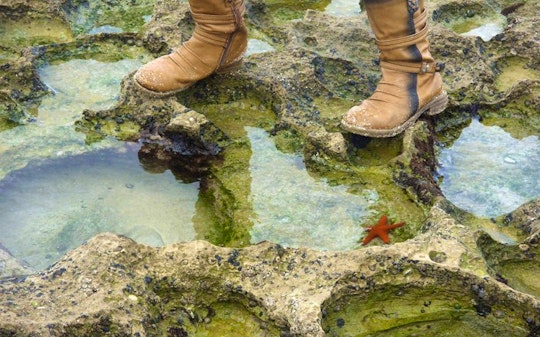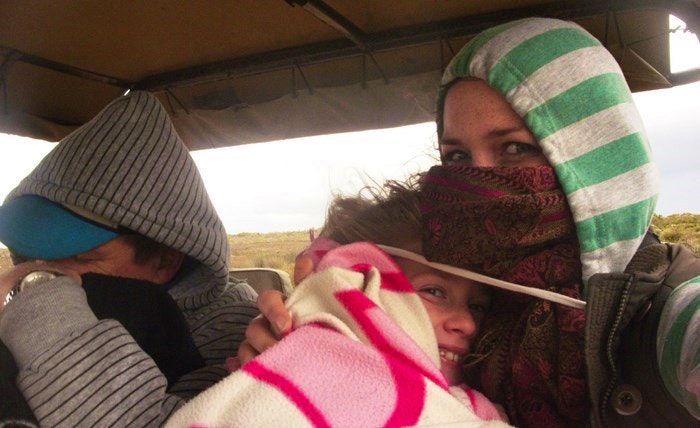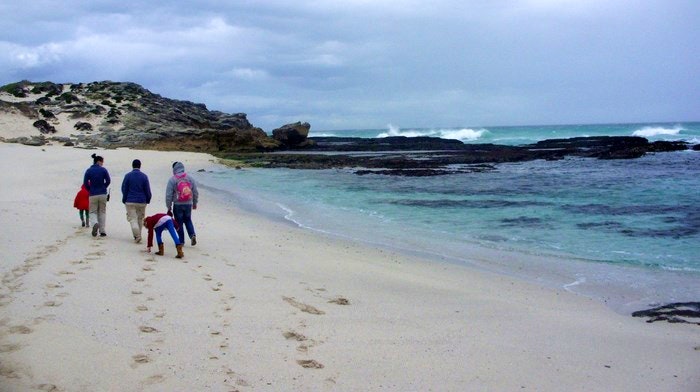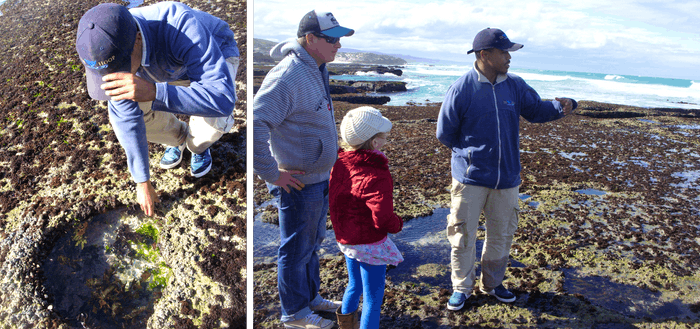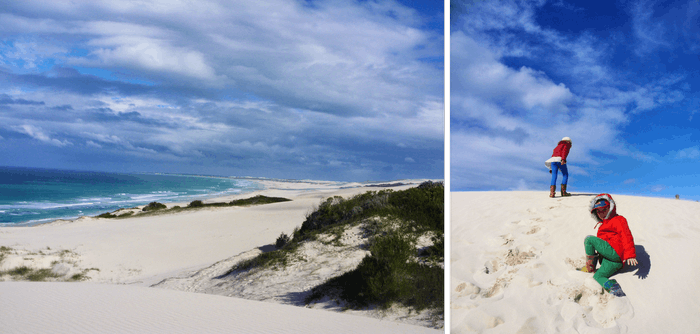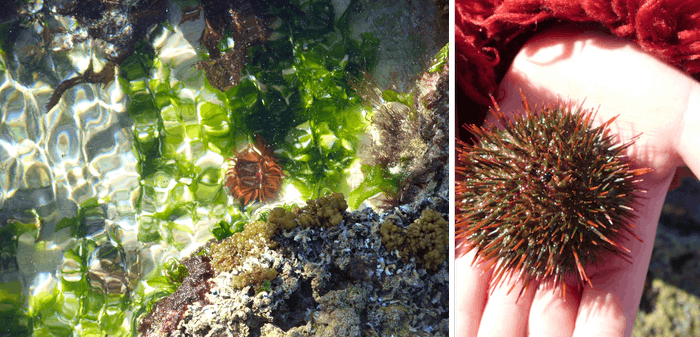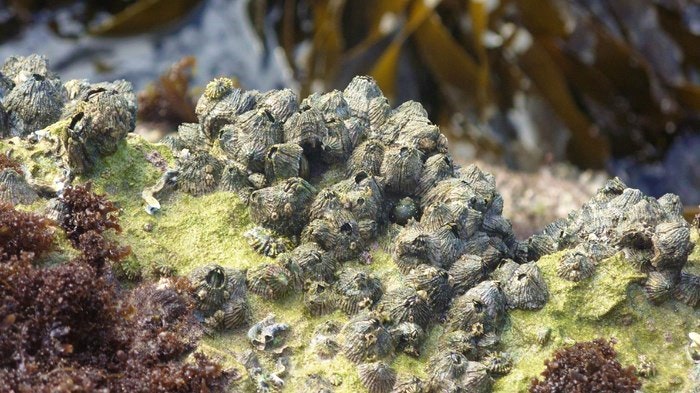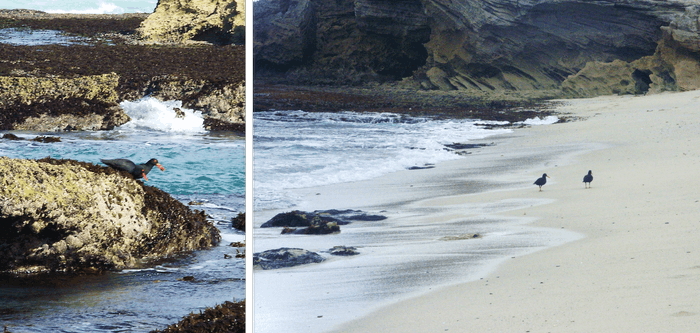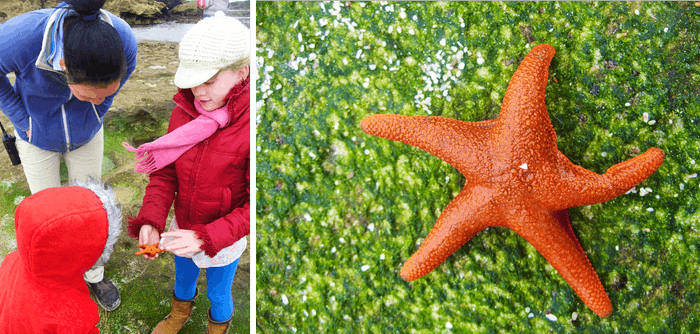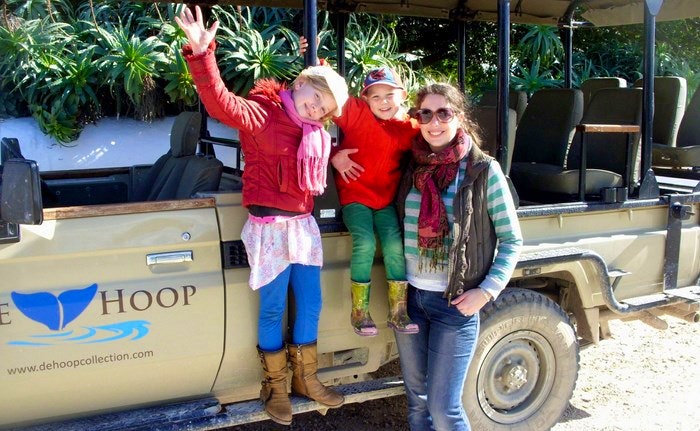“When was the last time you were this cold?” I asked my husband as the open Land Cruiser bounced along the endless dirt road, trying in vain to outrun the rain storm.
“When I climbed Kilimanjaro,” he replied.
What an adventure that was! I briefly considered an alternative setting of a family movie in a warm, cosy lounge, but realised that I’d take an adventure any day – even a misadventure – over routine comfort.
Sometimes misadventures leave the warmest memories. In this case it was being stormed out of a long awaited, highly anticipated whale watching adventure and Interpretive Marine Walk at De Hoop Nature Reserve. In retrospect, as we headed out to the gorgeous Koppie Allen tidal zone, we should have been more concerned about why every bontebok and eland sat with their backs to the wind and encroaching clouds. But we’d come all this way to see the whales, and even though the sun was at least trying to show face earlier that morning, we were subject to the agenda of the tides.
De Hoop is a highly acclaimed nature and marine reserve, with the largest biodiversity of intertidal creatures anywhere in the world! It is also a top land-based whale watching spot that sees roughly 700 whales along its shoreline in season. Although I couldn’t get a decent photo on my little point and click, the Southern Right Whales were showing off for us, slapping their tails and breaching out the water. It’s clearly a common sight in these parts, because our guide, Dalfrenzo, seemed far more interested in the almost unseen and often overlooked gems of the tidal pools.
Dalfrenzo is incredibly passionate about what he does – a characteristic that Cape Nature must have seen when they sponsored him to do the Marine Guide Course in 2009. He’s been leading tours at De Hoop for the last 5 years and is currently mentoring Esmeralda, a marine guide trainee who joined us on the tour and was constantly quizzed on the local plant and wildlife.
We hiked over a massive sand dune to explore the rocky shore – an ocean zone that Dalfrenzo equated to the dirt ring on a bath. The zone is a nursing ground for brown mussels, barnacles, kelp, and at least 15 species of fish, including South Africa’s national fish, the Galjoen. The coast is also home to 11 of southern Africa’s 18 limpet species and has more species of limpet than any of the world’s other 15 marine provinces. The rocky shore’s most unique characteristic is that it is both wet and dry twice a day, so the animals that live here have adapted to life underwater and exposure to the harsh sun.
We were warned that Dalfrenzo talked a lot, so it was little surprise that even the drizzle didn’t deter him from sharing as much as he could with us. We learned fascinating facts about kelp forests, urchins, anemones, mussels, starfish, and abalone. I would never have guessed, but the barnacle has the longest reproductive organ of any animal in the world in relation to its size (equating to about 50m for a man)! And if you’ve ever wondered why you find barnacles on whales…the barnacle larvae are thrown out into the ocean with only one chance to attach to something and become a crustacean. While the sand is no good, rocks and even whales are perfectly ideal.
There are so many Black Oystercatchers on the 70km stretch of reserve coastline that it’s hard to believe this bird is on the Red List of Endangered Species. To prevent competition for food, the Oystercatcher’s beak has adapted so that one beak is shorter than the other. This allows the males to eat limpets, while the female Oystercatchers feed on brown mussels.
Higher up the shoreline, Dalfrenzo introduced us to periwinkles, shell middens, unique plants like the Baboon Book, and fossilised sand dunes where each layer represents 1000 years. I’m sure we would have learned a whole lot more if the weather had given Dalfrenzo half a chance.
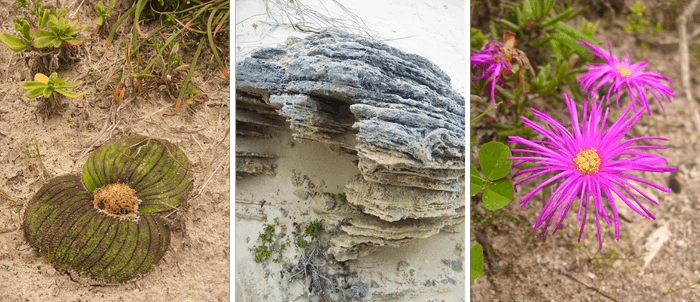
Despite being sand blasted off the ancient dunes, having sand pits in our shoes, being drenched by an unsuspecting wave in the tidal pool that turned said sand pits into mud pits, and having to run half a kilometre uphill through the icy rain, our marine experience was exquisite! After a hot shower and some dry clothes, my family had a wonderful time recounting our (mis)adventures over a cup of steaming hot chocolate. I can’t wait to visit in the summer time!
Have you ever visited the De Hoop Nature Reserve?

